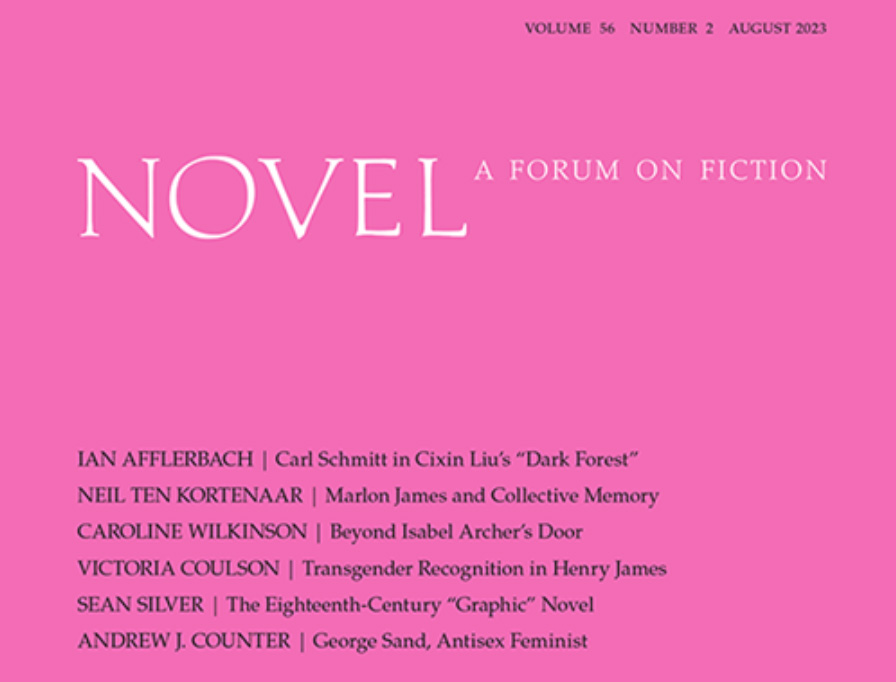
My article on the influence of the Underground Railroad on the plot of Henry James’s The Portrait of a Lady appears in the most recent issue of NOVEL: A Forum on Fiction. The article focuses on a house in the narrative that James famously based on his grandmother’s home in Albany, New York. This grandmother, Catharine James, lived near numerous stations on the Underground Railroad.
While The Portrait of a Lady features an unusual number of grand homes, the Albany house is not one of them. One critic, Marilyn Chandler, characterizes the home as an “architectural joke” compared to the other houses in the novel. When Isabel first meets the aunt who takes her out of Albany to Europe, this aunt, Mrs. Touchett, calls the home “very bad” and “bourgeois.” (Mrs. Touchett lives in a more typical house in the world of The Portrait of a Lady, an Italian castle.)
I argue that the “very bad” house in Albany operates as a spatial representation of the novel’s plot — or to use the term preferred by James, the novel’s “ado.” In the preface to The Portrait of a Lady, James calls the word plot “nefarious” before reflecting on the process of creating an “ado” for Isabel in terms that evoke the “square” and “large” Albany house. He metaphorically describes constructing the novel’s narrative action as building a “square and spacious house” around his isolated heroine. Isabel when staying in Albany remains notably isolated, choosing to be alone. She consistently appears in a room whose door to the “vulgar street” is bolted shut and “condemned.”
In my analysis of the Albany house as a symbol of the novel’s plot, I consider the history of the upstate city in different decades, including the 1850s when Isabel daydreams in front of the bolted door and the Underground Railroad was particularly active in Albany. I ultimately assert that the history of Black people in the US crossing regional and national borders in the 1850s in pursuit of freedom centrally and problematically determine James’s highly influential plot about an innocent, white American woman travelling to Europe in search of personal freedom.
To read the article, please visit NOVEL‘s site. If you cannot get past the paywall, you can download a pdf of the article at Academia.edu.
10.12.2023